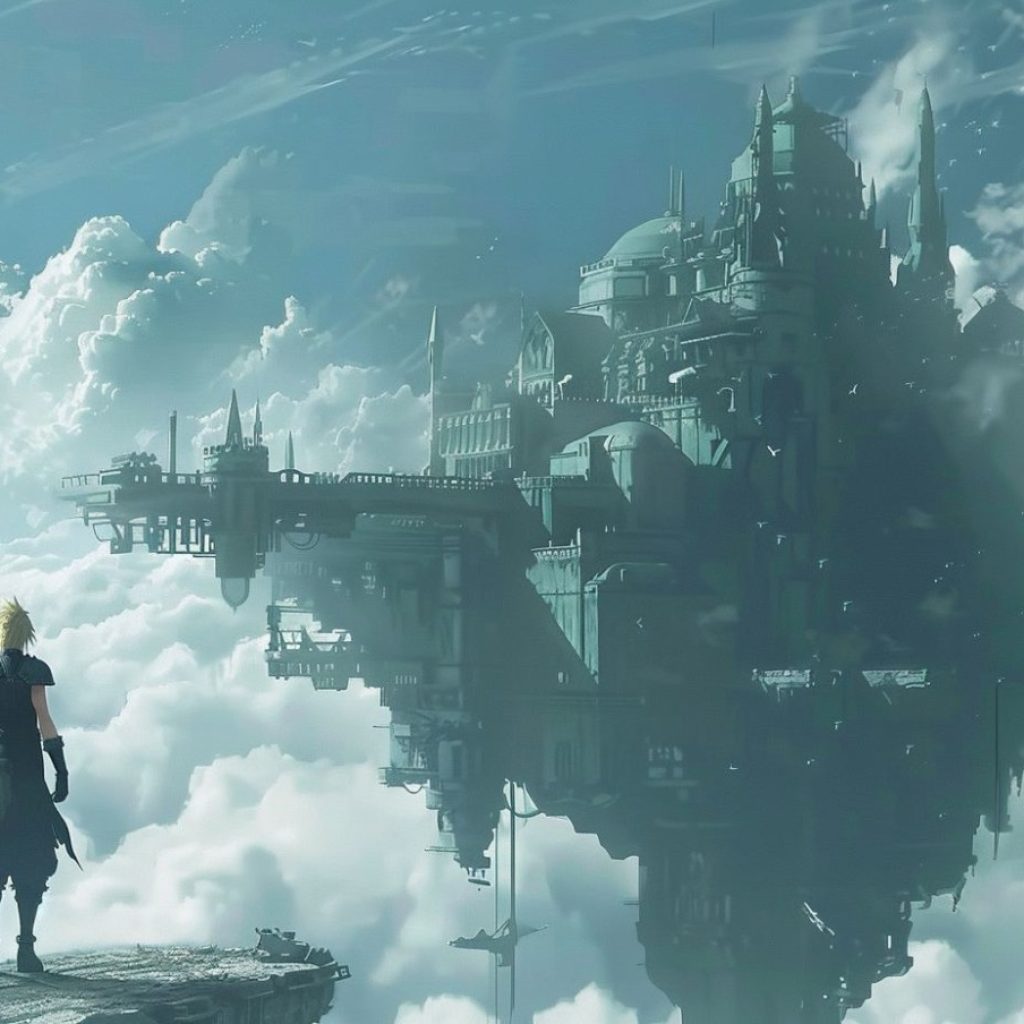In recent years, video game character designs have been at the center of controversy, with some gamers expressing dissatisfaction over the appearance of their beloved protagonists. This article delves into the ongoing debate surrounding Aloy, the red-haired heroine of the Horizon series, and the wider issue of character aesthetics in the gaming industry.
Aloy’s appearance under scrutiny
Aloy, the fearless protagonist of Horizon Zero Dawn and its sequel, Horizon Forbidden West, has become a focal point of criticism. Some individuals have taken issue with her appearance, contending that she does not fit the stereotypical mold of a video game heroine. These critics have cited various concerns, from her facial features being deemed too “hairy” to claims that she lacks the femininity typically associated with female video game characters.
It’s important to acknowledge the role that gender bias may play in these critiques. Aloy’s character is strong, independent, and unapologetically capable, characteristics that may challenge traditional gender norms. Some have posited that this challenge to gender expectations could be a driving force behind the criticism of her appearance. However, it is crucial to consider that these opinions do not represent the views of all gamers.
AI and character redesign attempts
The controversy surrounding Aloy’s appearance escalated further when a YouTube channel known as Corridor Crew attempted to use AI to “improve” her character model. Their video showcased their efforts to create what they referred to as “photoreal faces” in video games. This endeavor received significant backlash, with comments from viewers expressing disappointment in the perceived lack of understanding of the complexities of character design and animation in games.
While Corridor Crew’s experiment drew criticism, it also sparked a wider discussion about the role of AI in shaping character aesthetics in gaming. Some argue that AI-enhanced character models can offer more realistic and visually appealing characters, while others maintain that these attempts often result in inauthentic, over-stylized appearances that do not suit the game’s context.
Despite the criticisms, Aloy remains an iconic character in the gaming world, celebrated for her unique personality and strong character development. Her portrayal as a capable and multifaceted protagonist has garnered a dedicated fan base that values her for more than just her physical appearance.
The controversy surrounding Aloy is not an isolated incident in the gaming industry. Other games, such as “Forspoken” and “Fable,” have faced similar scrutiny over character aesthetics. In some cases, audiences have taken issue with protagonists’ appearances, expressing disappointment or disapproval. It is worth noting that character design is a complex process influenced by various factors, including narrative, gameplay, and artistic direction.
Gender in gaming: An ongoing discussion
The gaming industry has made significant strides in recent years in terms of gender representation. Female protagonists, such as Aloy, have taken center stage in various successful titles. However, debates around gender and representation continue to emerge, with some individuals boycotting games featuring female leads, as seen in the case of “Star Wars: Outlaws.” It is essential to recognize that diverse representation is a crucial aspect of a vibrant and inclusive gaming landscape.
The debate over character aesthetics is not limited to single-player games. In the multiplayer-focused Call of Duty franchise, the introduction of the Lara Croft Operator stirred significant discussion. While opinions on the character model varied, it is important to maintain a respectful and constructive dialogue when assessing character designs.
As the gaming industry continues to evolve, character design will remain a point of contention and innovation. Developers must strike a balance between creating compelling characters that resonate with players and pushing the boundaries of visual fidelity. While AI technology may play a role in shaping character aesthetics, it is essential to consider the broader context of game design and narrative.




